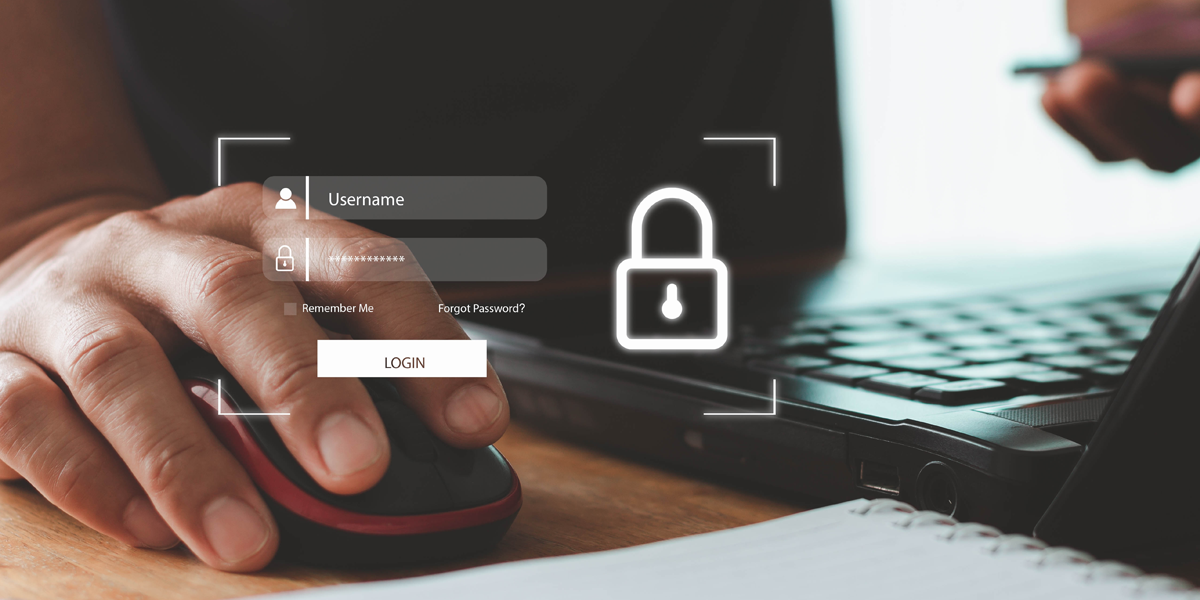4 Ways to Prevent Cyber Fraud with No-Code Process Automation

Fraud is a critical risk to any business, and cybersecurity plays a vital role in safeguarding sensitive data and IT infrastructure from fraudulent activities and actors. Recently, cybercriminals have become more sophisticated, making traditional fraud detection methods inadequate. To combat the threat of cybercrime, companies are turning towards no-code automation and intelligent process automation to mitigate the risk of fraud.
By implementing sophisticated pattern analysis, rules, and workflow, companies can build detection capabilities that address suspicious activities more efficiently and with greater accuracy. Here are four ways automation should be used to strengthen cybersecurity and protect your company:
1. Connecting data
Connecting data is key to uncovering potential fraud activity. By gathering information from various systems and sources, you can create a comprehensive view and understanding of fraudulent activity occurring within your data. Imagine a business notices a sudden surge in transitions from a particular location or IP address. This could be an early indicator of fraudulent activity. By connecting data from various sources such as transaction data, IP addresses, and location data, companies can identify patterns that indicate fraudulent behavior, making it easier to stay one step ahead of cyber criminals.
2. Real-time monitoring
Real-time monitoring can help businesses prevent fraudulent transactions from occurring by blocking them before any harm occurs. Analysis of underlying processes can also identify areas to be reinforced to prevent similar fraud attacks in the future. For example, if a business detects multiple unsuccessful login attempts from an IP address, real-time monitoring can immediately block any further access attempts, thwarting potential unauthorized access to their systems. This not only helps prevent data breaches, but also shows customers that their security is a top priority which helps build and maintain trust.
3. Historical data analysis
By analyzing past data, businesses can pinpoint patterns of fraudulent activity that may have gone unnoticed during real-time monitoring, helping businesses stay ahead of the curve and safeguard their assets. Suppose a business regularly reviews its historical data and discovers a spike in transactions from a specific location. Upon further investigation, they notice the transactions were all made using the same credit card number, which had been reported stolen. This information identifies a clear pattern of fraudulent activity, and the business can quickly report the incident and take measures to ensure similar attacks won’t occur in the future. By analyzing historical data, businesses can create robust cybersecurity strategies that are better equipped to prevent future threats.
4. Predictive analytics
By using predictive analytics, businesses can identify potential cyber criminals and take preventative measures to stop them before they have a chance to strike. For example, rules-driven intelligent process automation can automatically flag transactions that meet specific risk criteria, based on type, timing, geography, or other dimensions.
Process automation platforms can be used to automate incident response processes, allowing organizations to respond quickly and efficiently to fraud incidents, and to track patterns and improvements over time. Collaboration and knowledge sharing are also foundational to cyber fraud detection and mitigation efforts.
Connecting data and adding a layer of process automation intelligence is critical in the quest to prevent fraud, and intelligent process automation can be an effective tool to improve cybersecurity practices and outcomes. By automating processes, analyzing data, detecting fraud patterns, and implementing decisive actions to mitigate current and future cybersecurity risks, intelligent process automation platforms are helping organizations stay ahead of emerging threats and protect their networks more effectively.
Learn how Decisions can enhance your cybersecurity strategies today, and keep your customers safe from cybercrime.
Latest Articles
- Solving the Complexity Crisis in Excess & Surplus Insurance
- Fixing Lead Management with a Rules-Driven Approach: Why You Don’t Need Another Martech Tool
- Balancing Risk and Profitability: The Key to Smarter Insurance Pricing
- Blueprint Two Phase II: From Oversight to Bordereaux
- Rethinking Lead Flow Logic with Rules-Driven Automation: Why You Don’t Need Another Martech Tool
- Taming the Complexity of Workers’ Compensation Insurance—Before Inefficiencies Cost You More
- Improving Institutional Efficiency: How Process Mining Enhances University Operations
- Dynamic Pricing in Specialty Insurance: Adapting Rates in Real-Time
- The Faster, Smarter, No-Cost Chatbot Solution
- Extending SAP Capabilities with Low-Code Automation
- Why Your Automation Strategy Is Incomplete Without Process Mining
- 7 Fraud Prevention Tactics You Can Automate with a Rules Engine
- How Smart Lenders Use Low-Code Automation to Stay Fast, Compliant, and Competitive
- How Universities Can Protect Millions in Revenue with Faster Appeals
- Future-Proof Your Business: The 5 Tech Advancements You Can’t Afford to Ignore

